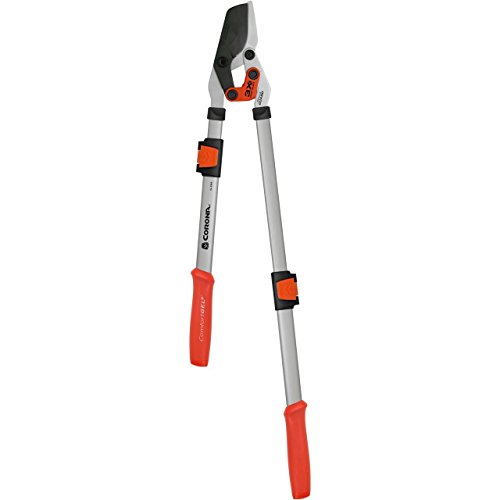How and when to prune a mango tree to keep it healthy and productive
Tips for pruning young and established fruit trees to get a great crop and make harvesting easier
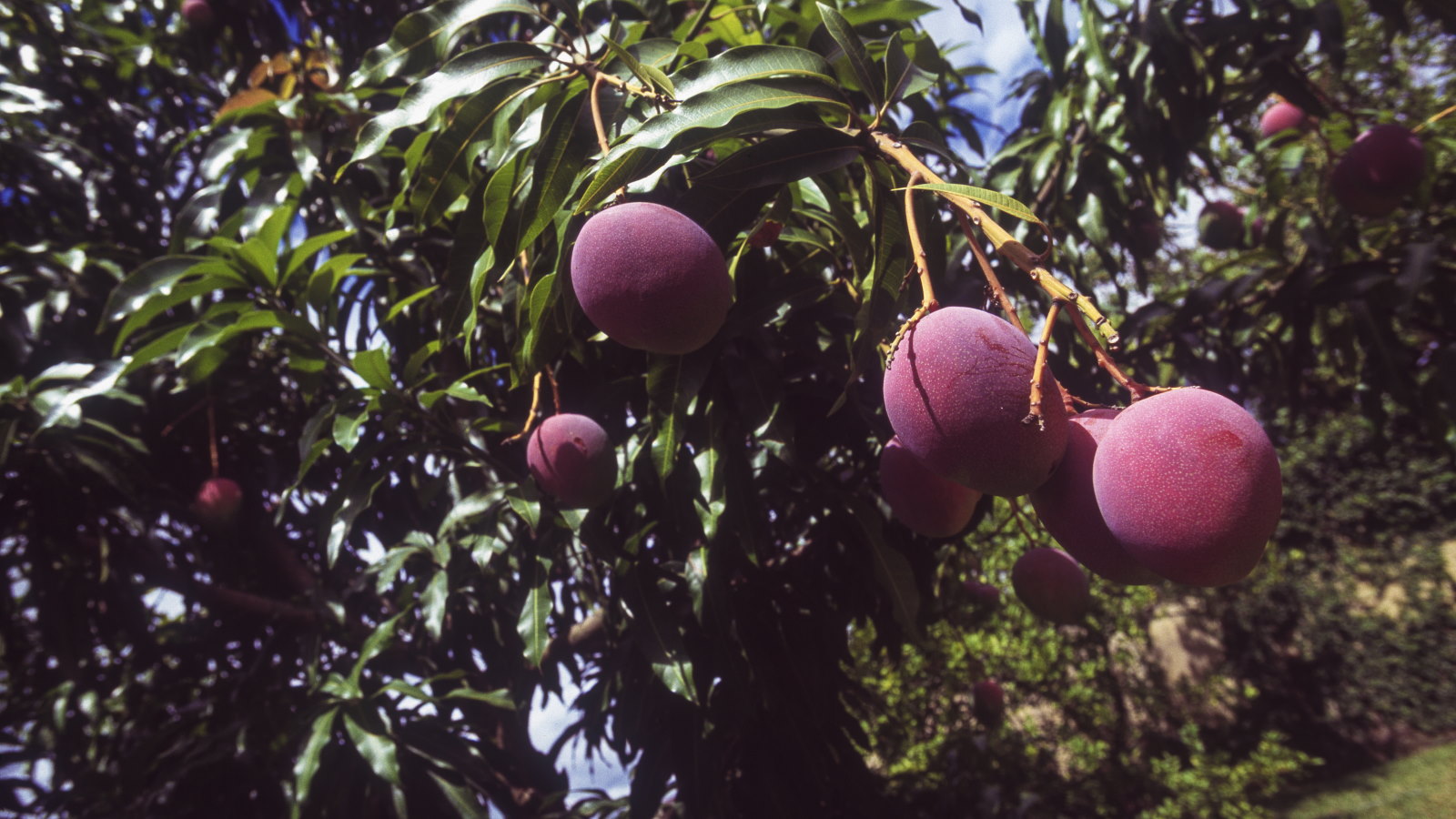

Plant a mango tree in a warm and tropical climate and it will flourish. The trees can grow large and produce a great crop of fruits year after year. That may all sound great, but it can come with issues.
In many backyards, especially smaller gardens, a mango tree can outgrow the space when left unchecked. Not only will it get too large, but the fruiting can diminish as the fruit tree gets overcrowded with branches, many of which may be less productive than others.
That is why, if you are fortunate enough to grow mango trees, you must know when and how to prune a mango tree. Learning the simple skills for trimming a mango tree keeps any tree healthy and productive, it will look great and give you a great crop.
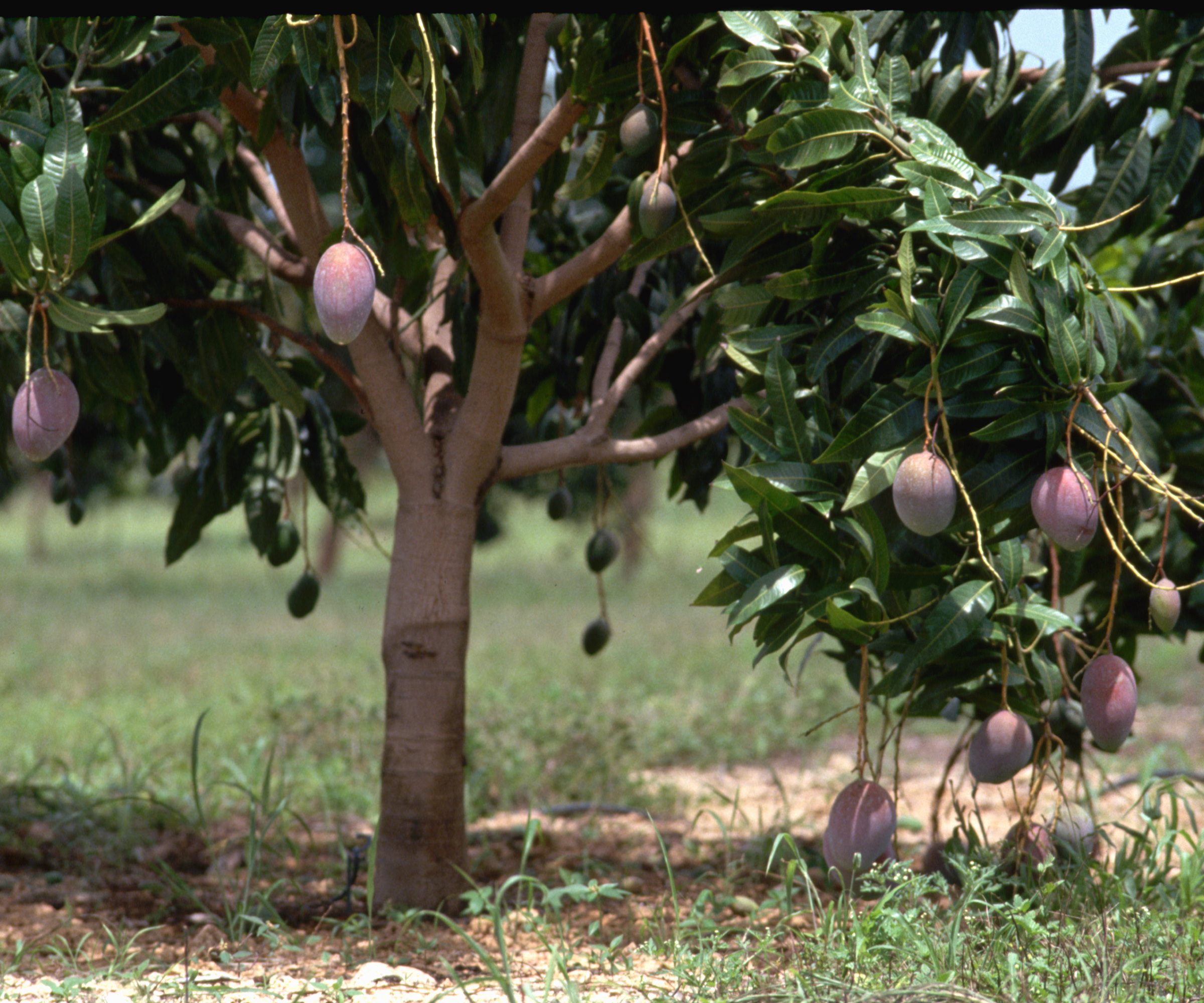
How do you prune a mango tree - an expert guide
Professional growers with many mango trees on a plantation will have specific methods to prune a mango tree to maximize yield. That level of detail surpasses what most homeowners need when caring for a backyard fruit tree, where the priority needs to go on keeping it compact and fruiting well.
That is what this guide to mango pruning aims to focus on, so we look closely at when and how to prune a mango tree and get some simple tips from a fruit tree expert.
The reasons to prune a mango tree
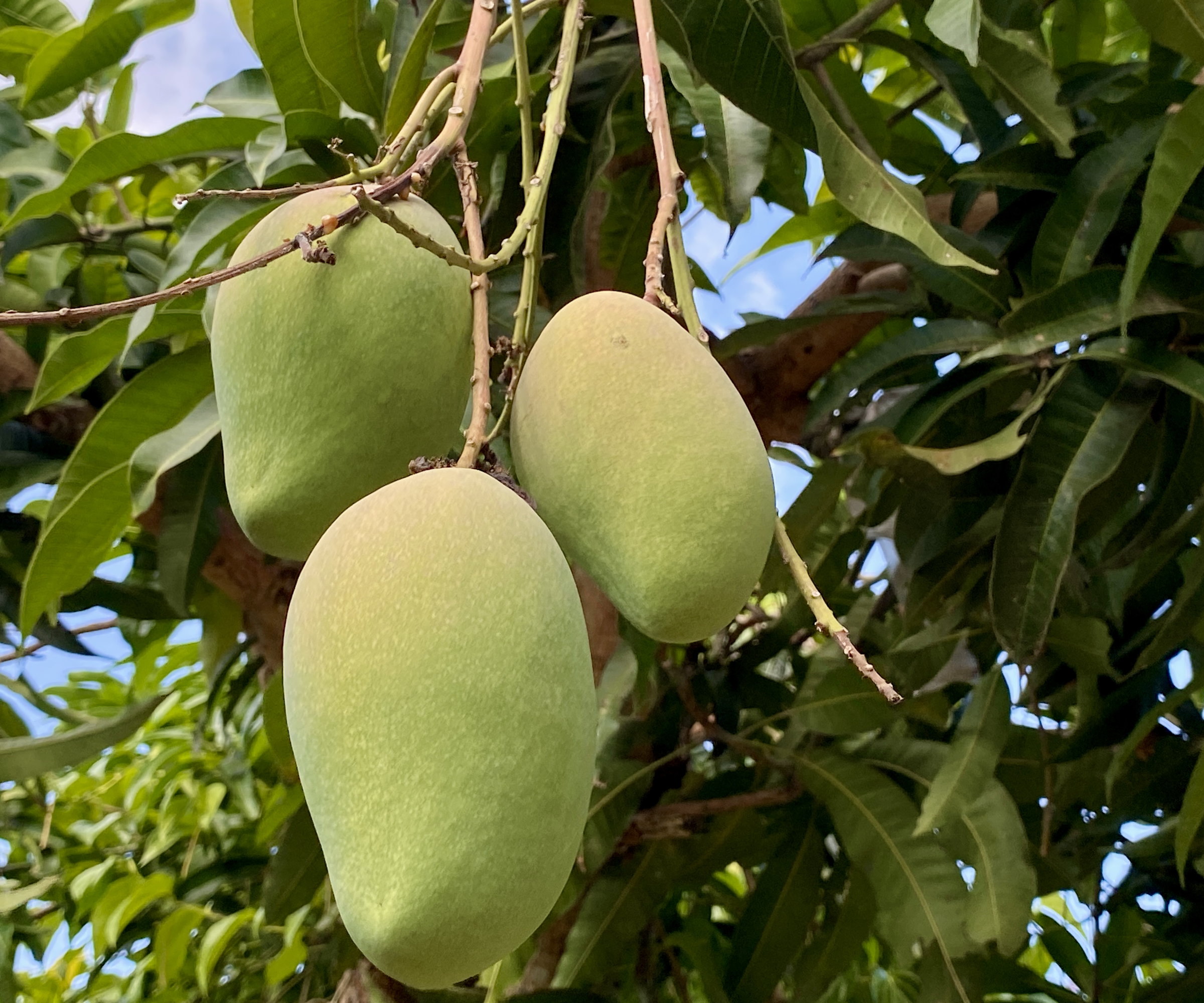
As mentioned already, but worth reinforcing, pruning mango trees helps keep them healthy and fruitful. It helps combat risks of pest and disease problems and ensures the tree contains lots of productive wood to carry a good crop of fruit. Getting that balance of branches is important as mango trees can get congested and fruiting will suffer if there is a lot of unproductive wood and competing branches.
Pruning also helps to keep the fruit tree at a manageable size, so it fits in with your backyard and makes harvesting easier. With mango trees capable of reaching up to 100 feet tall, though the exact potential size will depend on the variety, they can outgrow many people’s gardens if not controlled and end up with fruit that hangs far out of reach. It would be a waste to have a great crop but not be able to harvest all that delicious fruit.
Design expertise in your inbox – from inspiring decorating ideas and beautiful celebrity homes to practical gardening advice and shopping round-ups.
Given how large mango trees can reach, ones that have been neglected may reach a point where they need professional attention - usually once they surpass 30 feet. If yours gets too large and needs work it is recommended to contact a professional arborist who can safely work with very big trees.
When to prune a mango tree

First, we start with the good news and that is that you are not likely to need to prune a mango tree every year. They will benefit from trimming to train them for the first few years after planting the fruit tree. After that, you can likely look forward to pruning the fruit tree at least every two or three years.
Mango trees are pruned after harvesting in warmer US hardiness zones, however, in cooler climates, it is best to trim earlier in the year. You can trim anytime after harvesting the fruits - mangoes are ripe from May to September depending on the variety - in warmer climates, but ensure to complete the task before December.
In colder climates, down to US hardiness zone 9, the lowest zone in which mangoes are hardy enough to grow outdoors, Maureen Wright, plant expert at Fast Growing Trees, recommends: 'The best time to prune is in late winter or early spring, when the tree is not actively growing.’
Pruning fruit trees in winter during dormancy like this reduces the stress on the tree and it can start healing the wound speedily when it starts to grow again in spring.

Maureen has been a Certified Oklahoma State University Master Gardener since 2012 and is working on her ISA Arborist Certification. Her background in social work led her to an interest in horticultural therapy training and she spends a lot of her time working with at-risk youth and adults working on community garden projects.
How to prune a mango tree
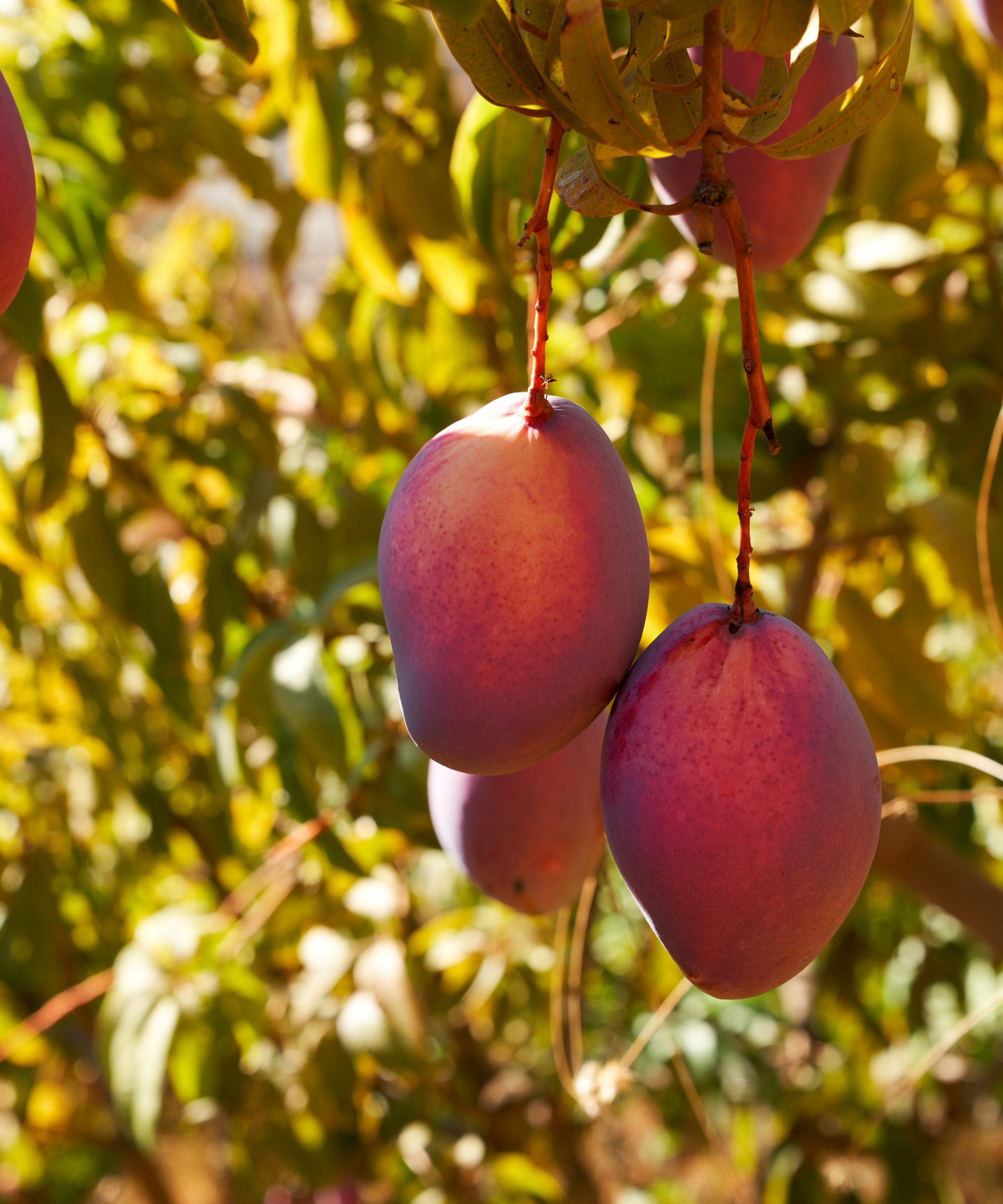
Mango trees do not need lots of pruning at any one time, it can be a quick and simple job. Trimming when young focuses on shaping the tree and giving it a strong skeleton, followed by small-scale pruning every few years to keep it in good shape and productive.
Always use clean and sharp pruning tools when you prune a mango tree. Loppers and a pruning saw may be required, along with a pole pruner for high branches. Sharp tools make clean cuts that are easier to heal and sanitized tools mean not spreading diseases.
In addition, always wear gloves and protective clothing when pruning mangoes as the tree produces sap that can cause skin irritation.
How to prune a young mango tree
Young mango trees benefit from pruning to develop a strong, balanced structure. Once the main stem reaches over three feet it wants to be cut back to two feet, this is the first step to controlling the height and will encourage new stems to sprout.
The new branches are pruned once they hit three feet to encourage further branching. Opt to retain horizontal branches over vertical ones to help develop a strong framework and remove branches growing inwards or downwards.
How to prune an established mango tree
Once mango trees are established and fruiting, which should be after their second or third year, light trimming will be sufficient to maintain the tree’s size and help it produce quality fruit.
Maureen Wright from Fast Growing Trees highlights two important steps to regularly pruning mango trees:
- Start by removing dead, damaged, or diseased branches to improve airflow and reduce pests or diseases.
- Next, thin out branches in the canopy that cross over each other or crowd the center of the tree, allowing sunlight to penetrate evenly.
Mango trees can be grown in containers. When growing the fruit tree in pots, a light trimming to remove dead, diseased, and damaged stems should suffice each year to keep it healthy.
FAQs
Should I cut the top off my mango tree?
A heading cut to trim the top of the young tree is recommended to encourage branching and help manage the tree’s size. Tipping the top of the tree keeps it at a more manageable height and means you can reach the mangoes come harvest time.
How do you prune an overgrown mango tree?
Old and overgrown mango trees can be hard-pruned. It is best to do this over a few years, as mango trees will respond to trimming by sending out lots of growth. The central trunks can be cut back to a manageable height and then only the most vigorous of the shoots that do develop should be kept.
Knowing when and how to prune fruit trees is always important, as different types are trimmed at different times. There are fruit trees to prune in winter, such as apples and pears, while stone fruit needs to be trimmed at a different time of year. The best time to prune peach trees, apricots, cherries, or plums is in summer, to reduce the risk of silver leaf disease.

Drew has worked as a writer since 2008 and was also a professional gardener for many years. As a trained horticulturist, he worked in prestigious historic gardens, including Hanbury Hall and the world-famous Hidcote Manor Garden. He also spent time as a specialist kitchen gardener at Soho Farmhouse and Netherby Hall, where he grew vegetables, fruit, herbs, and cut flowers for restaurants. Drew has written for numerous print and online publications and is an allotment holder and garden blogger. He is shortlisted for the Digital Gardening Writer of the Year at the 2025 Garden Media Guild Awards.
